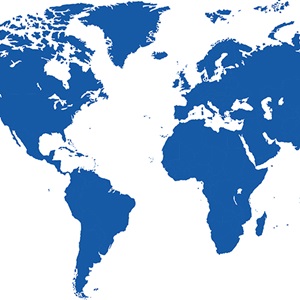When a fishery is successfully certified to the Fisheries Standard, its certified catch can be sold with the blue MSC label.
Certification to the MSC Fisheries Standard is voluntary. It’s open to all fisheries who catch marine or freshwater organisms in the wild. This includes most types of fish and shellfish.
Fisheries are assessed by accredited independent certifiers (called Conformity Assessment Bodies (CABs) – also called certification bodies), not the MSC.
What is assessed?
The MSC Fisheries Standard has three core principles that every fishery must meet:
Sustainable fish stocks
Are enough fish left in the ocean? Fishing must be at a level that ensures it can continue indefinitely and the fish population can remain productive and healthy.
Minimising impacts
What are the environmental impacts? Fishing activity must be managed carefully so that other species and habitats within the ecosystem remain healthy.
Effective fisheries management
Are operations well managed? MSC certified fisheries must comply with relevant laws and be able to adapt to changing environmental circumstances.
The three principles of the MSC Fisheries Standard
How fisheries are scored against the Standard’s principles
Under each of the three principles are a group of performance indicators (PIs) that measure specific strategies, objectives and outcomes.
A fishery will be assigned a score by the certifier for each performance indicator. 60 is the minimum acceptable score for each PI, while 80 represents global best practice and 100 is state of the art performance.
To become certified, a fishery must score at least 60 for each performance indicator and achieve an average of 80 or above for each principle.
Any individual PI score below 80 will be assigned a "condition of certification" and the fishery will be required to make improvements. To "close" the condition, the fishery will need to reach a score of 80 or above for the indicator before their next assessment (typically within five years).







